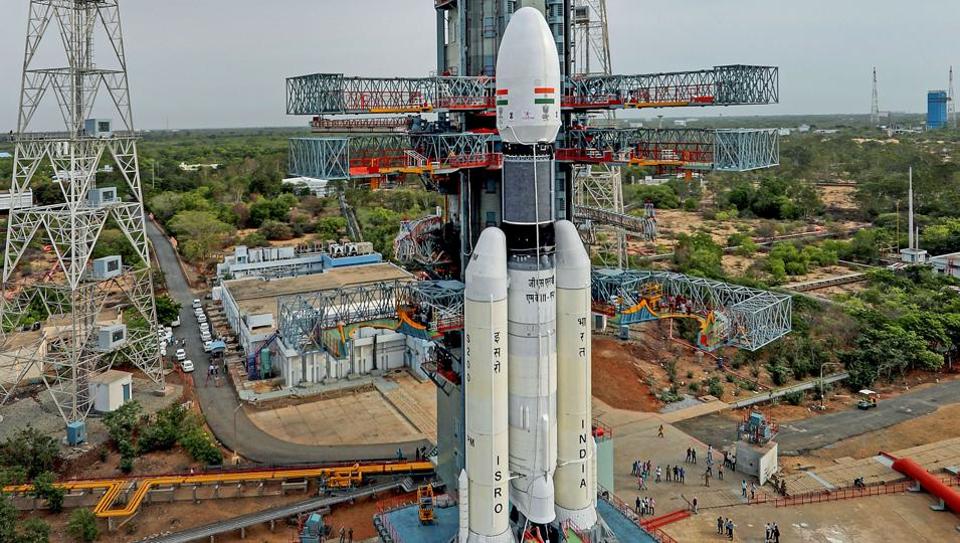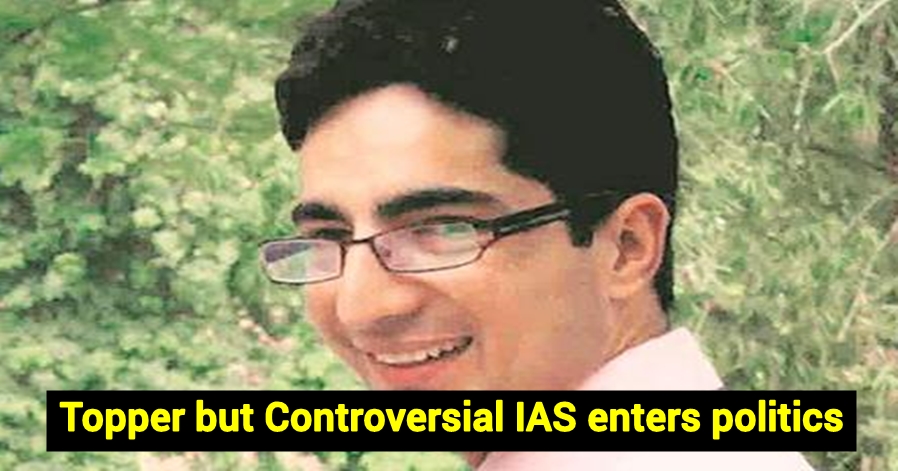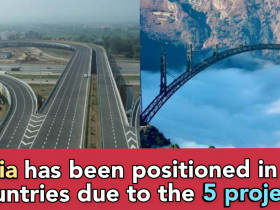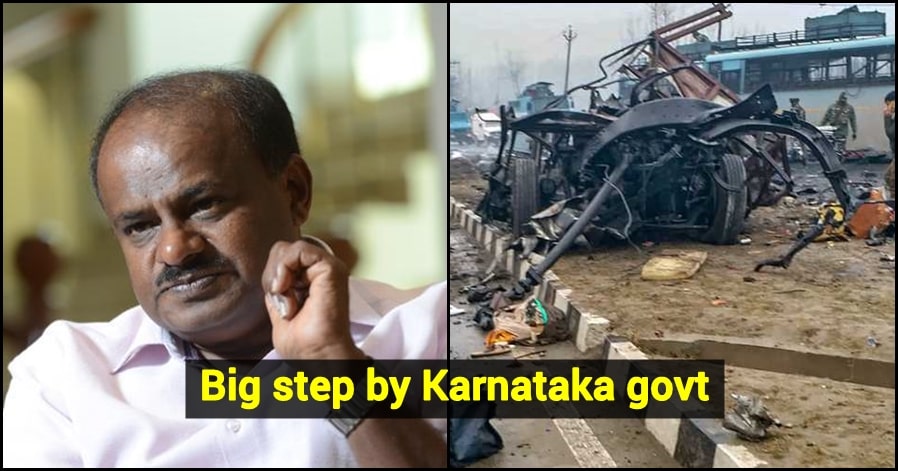No products in the cart.
Comparisons | India’s Chandrayaan-2 is far cheaper than US, Russia and China’s moon missions
Chandrayaan 1, that was launched in October 2008, made India the first country in the world to complete a successful moon landing in the maiden attempt.
The mission was so significant as it discovered water on the moon’s surface, and with the second launch, India now aims to take its mission to a whole new level by landing its probe on a far side of the moon.

Cut to India’s second lunar exploration mission after the massive success of Chandrayaan-1. This significant mission is developed by the Indian Space Research Organisation (ISRO), aimed to be launched to the Moon by a Geosynchronous Satellite Launch Vehicle Mark III. The set-up includes a lunar orbiter, lander and rover which are all developed domestically.
It was launched on board by the Indian space agency ISRO on its most powerful launcher GSLV-Mk III, from Satish Dhawan Space Centre in Andhra Pradesh’s Sriharikota at 2:43 PM on July 22.
India became the fourth country to launch a mission after the US, Russia, and China that would land on the moon and the very first country to land on and explore its south pole region, Chandrayaan-2, was called off from launch just 56 minutes before its scheduled liftoff on July 15 because of a technical snag in the GSLV Mark-III rocket launcher.
India’s space mission- ₹978 crore (which includes ₹603 crore for space segment and ₹375 crore as launch costs on GSLV Mk III.) is cheaper than that of US, Russia and China’s space missions. Yes. The Indian space agency’s budget is less than 1/10th of NASA’s 10,000 crore budget for the space mission.
“Congrats to ISRO on the launch of Chandrayaan 2, a mission to study the Moon. We’re proud to support your mission comms using our Deep Space Network and look forward to what you learn about the lunar South pole where we will send astronauts on our Artemis mission in a few years,” NASA tweeted.
Also, India’s space mission is even cheaper than Russia’s 4,600 crore and China’s 3,100 crore (space budget in today’s perspective)
Russian media showered praises on the Chandrayaan 2 moon mission branding it a historic moment for India. The media also went on to call it as one of the most challenging and complex missions ever and then lauded the Indian Space Research Organisation (ISRO) for its outstanding efforts in executing the mission in the second attempt.
Actually, India wanted to execute the moon mission a couple of years ago as space joint venture with Russia. But, Russia backed out from the moon mission and India took upon the mission all alone without anybody’s help. Though it took some extra time to design, develop and frame the project, it was finally launched on July 22.
Chinese media did not boost too much on India’s significant moon mission but generally reported the events that happened during the Chandrayaan 2. There were no reactions within the top Chinese leadership as they kept mum over India’s development.
A leading website asserted that the Indian spacecraft carries an orbiter, a lander and a rover which will move around on the lunar surface for 14 earth days. It will take around 47 days to travel and land on the moon in September.
The success of the Rs. 1,000-crore moon mission would be a massive boost for India’s space plans.









